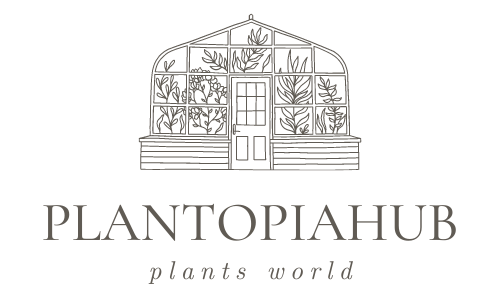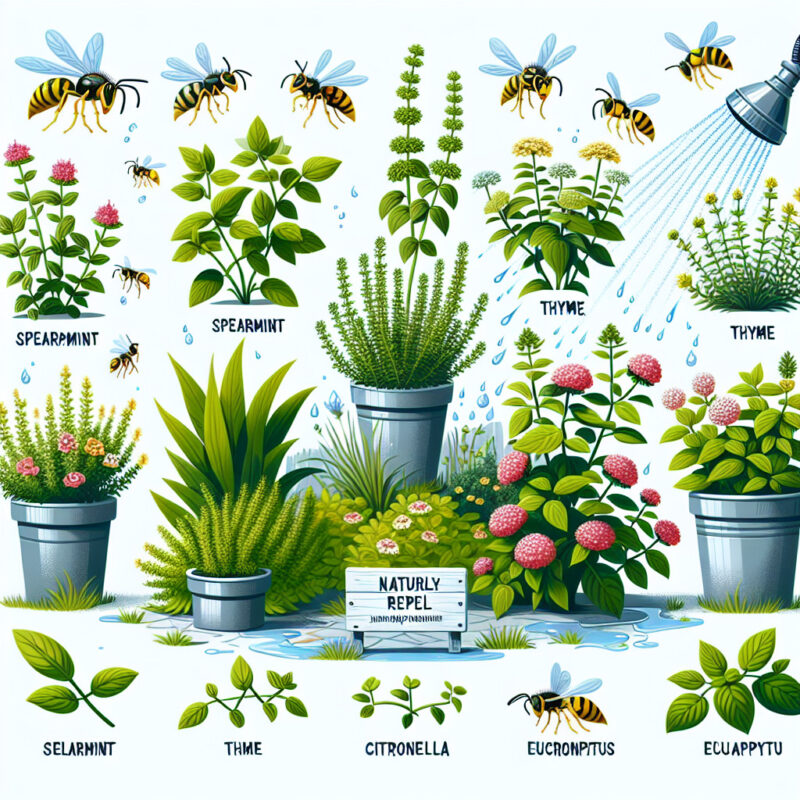What plants repel wasps and yellow jackets? This is a question frequently asked by homeowners and gardeners alike, seeking natural and non-toxic methods to deter these buzzing insects. Wasps and yellow jackets are notorious for intruding on outdoor activities and creating nests near human dwellings, leading to potential stings and discomfort. However, nature has provided us with several plants that possess natural repellent properties against these pesky insects. In this article, we will explore some of these plants and delve into their unique abilities to repel wasps and yellow jackets without the need for harmful chemicals or pesticides. So, if you’re tired of constantly battling these flying pests, read on to discover the world of natural wasp and yellow jacket repellents.
key Takeaways
What Plants Repel Wasps and Yellow Jackets?
Definition: Wasps
Wasps are flying insects that belong to the Hymenoptera order. They are characterized by their slender bodies, narrow waists, and often brightly colored markings. Wasps play an important role in pollination and pest control, but their stings can be painful and cause allergic reactions in some individuals.
Definition: Yellow Jackets
Yellow jackets are a type of wasp that are named after their distinct yellow and black coloration. They are social insects that live in colonies and build nests usually found in the ground or in sheltered areas. Yellow jackets can become aggressive if their nests are disturbed, and their stings can be painful and potentially dangerous.
Plants that Repel Wasps and Yellow Jackets
1. Mint: The strong aroma of mint plants repels wasps and yellow jackets. Planting mint around your outdoor living areas can help deter these stinging insects.
2. Citronella: Known for its mosquito-repellent properties, citronella is also effective at keeping away wasps and yellow jackets. Consider planting citronella grass or using citronella candles to create a repellent barrier.
3. Eucalyptus: The scent of eucalyptus is disliked by wasps and yellow jackets. Plant eucalyptus trees or use eucalyptus oil in outdoor diffusers to repel these insects.
4. Marigold: Marigold flowers produce a strong scent that is unappealing to wasps and yellow jackets. Plant marigolds in your garden or place potted marigolds near outdoor gathering areas.
5. Wormwood: Wormwood is a perennial plant that repels various types of insects, including wasps and yellow jackets. Its strong scent acts as a natural deterrent.
Additional Tips to Keep Wasps and Yellow Jackets Away
– Remove food sources: Keep outdoor dining areas clean and secure trash cans tightly to avoid attracting wasps and yellow jackets with food.
– Sealing cracks and crevices: Regularly inspect and seal any openings in your home to prevent wasps and yellow jackets from entering and building nests.
– Avoid bright colors and scents: Wasps and yellow jackets are attracted to bright colors and sweet scents, so consider wearing neutral-colored clothing and avoiding perfumes or scented lotions when spending time outdoors.
– Hang fake nests: Wasps and yellow jackets are territorial and will avoid areas where they perceive other colonies nearby. Hang up fake nests or purchase commercially available decoys to deter them from building nests in your vicinity.
– Consult a professional: If you have a severe wasp or yellow jacket infestation, it is best to contact a professional pest control service to handle the situation safely and effectively.
1. Are there any plants that repel wasps and yellow jackets?
Yes, there are several plants that are known to repel wasps and yellow jackets. These include:
2. What are some examples of plants that repel wasps and yellow jackets?
Some examples of plants that repel wasps and yellow jackets are:
3. How do these plants repel wasps and yellow jackets?
These plants contain natural compounds and fragrances that repel wasps and yellow jackets. The scents produced by these plants act as a deterrent, making the area less attractive to these insects. Additionally, some of these plants have stinging properties that can deter wasps and yellow jackets from approaching.
4. Can I plant these repellent plants near my house?
Yes, you can plant these repellent plants near your house to help keep wasps and yellow jackets away. However, it is important to note that these plants may not completely eliminate the presence of these insects, as they can still be attracted to other factors such as food or garbage. It is recommended to plant these repellent plants strategically, near entrances or outdoor dining areas, to create a barrier and reduce the likelihood of wasp and yellow jacket activity near your house.
5. Are there any other methods to repel wasps and yellow jackets?
Yes, aside from planting repellent plants, there are other methods that can help repel wasps and yellow jackets. Some of these methods include:
Types of Flowers That Attract Bees and Butterflies
When it comes to attracting bees and butterflies, certain types of flowers are particularly enticing. Bees and butterflies are attracted to brightly colored flowers with certain characteristics that make them more enticing for pollination. Here are a few types of flowers that are known to attract bees and butterflies:
Spring Blooming Flowers for a Colorful Garden Display
Spring is a time when gardens come alive with vibrant colors and beautiful blooms. If you’re looking to add a splash of color to your garden, consider planting spring blooming flowers. These flowers are known for their vibrant hues and their ability to thrive in the cool temperatures of early spring. Some popular spring blooming flowers include:
Common Herbs for Culinary Delights
Herbs are wonderful additions to any kitchen garden. They not only provide fresh flavors to enhance your culinary creations but also offer a range of health benefits. Here are some common herbs that can be grown in your garden:
The Benefits of Having a Vegetable Garden
Having a vegetable garden can be a rewarding experience. Not only does it provide you with fresh and healthy produce, but it also offers numerous other benefits. Here are some of the benefits of having a vegetable garden:
Final Thoughts
In conclusion, there are several plants that can repel wasps and yellow jackets, such as lavender, mint, and marigold. These plants emit scents and have deterrent properties that make them unattractive to these insects. However, it is important to note that while these plants can help reduce the presence of wasps and yellow jackets, they may not eliminate them entirely. It is always recommended to combine the use of repellent plants with other methods, such as keeping food and garbage properly sealed, to further reduce the likelihood of these insects being attracted to your outdoor areas. By taking these precautions and utilizing natural repellents, you can enjoy your outdoor spaces without the nuisance of wasps and yellow jackets.
Remember to always exercise caution and consult a professional if you have allergies or concerns about wasps and yellow jackets on your property. By being proactive and implementing these strategies, you can create a more comfortable and enjoyable outdoor environment free from unwanted wasp and yellow jacket activity.

